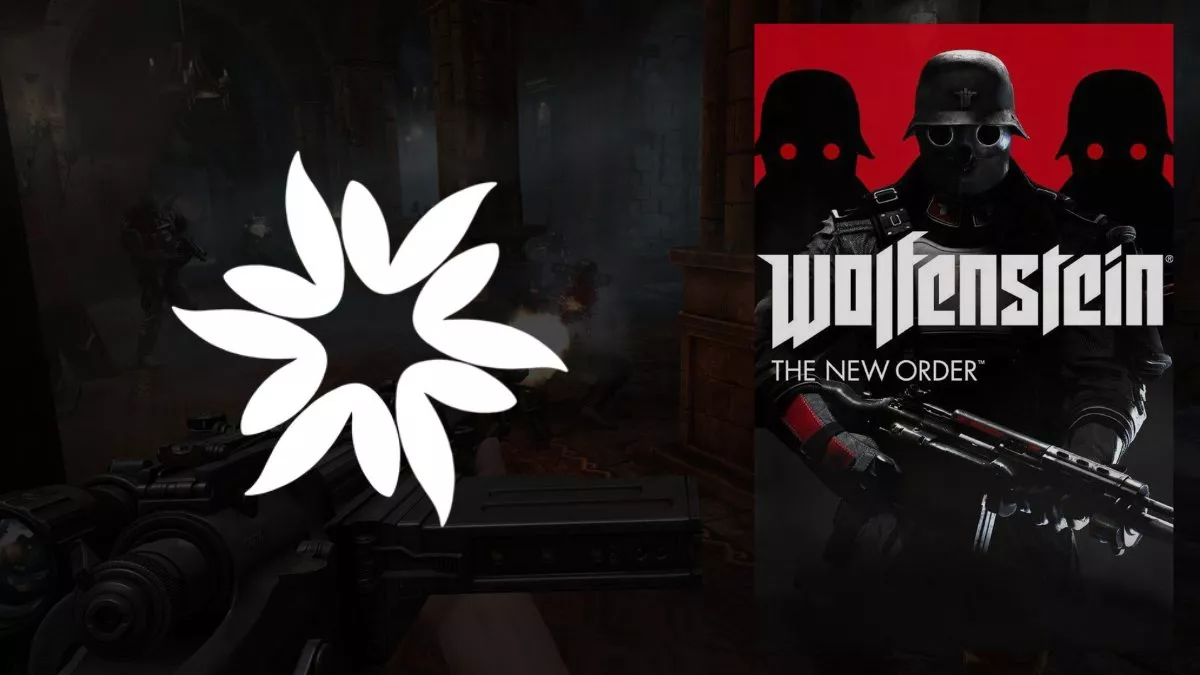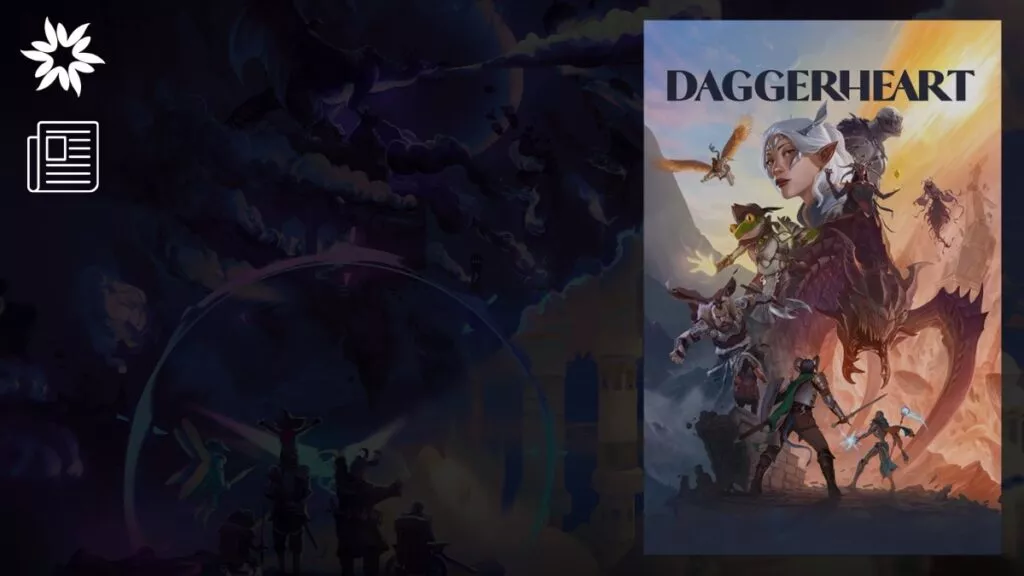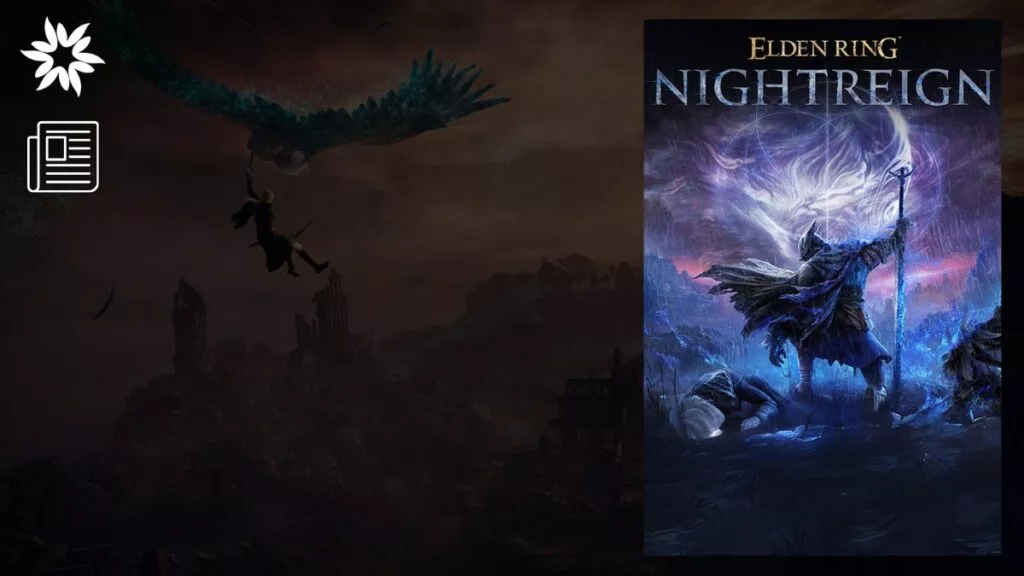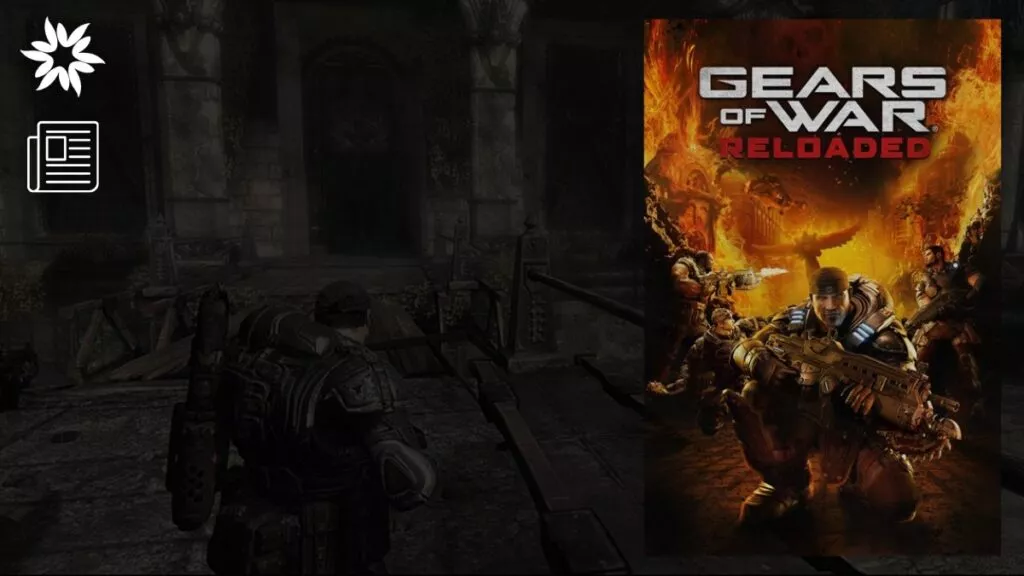If you’re a fan of first-person shooters and love taking down waves of enemies, the Wolfenstein series is right up your alley.
This classic series has been around for a while and is packed with action, memorable villains, and intense missions.
But things can get slightly confusing with so many games and different timelines.
In this guide, I’ll walk you through how to play all the Wolfenstein games in order so you can experience B.J. Blazkowicz’s wild adventures without missing a beat.
Key Takeaways
- Castle Wolfenstein (1981) and Beyond Castle Wolfenstein (1984) introduced the series with a focus on stealth gameplay. Still, it was Wolfenstein 3D (1992) that turned the series into a first-person shooter phenomenon, with players fighting Nazis and even Hitler himself.
- Return to Castle Wolfenstein (2001) rebooted the series, adding paranormal elements and advanced Nazi technology, while Wolfenstein: Enemy Territory (2003) became a cult favorite for its tactical, team-based multiplayer modes.
- The reboot timeline, starting with The New Order (2014), imagines a world where the Nazis won WWII. In Wolfenstein II: The New Colossus (2017), players continue the fight in America, and in Youngblood (2019), Blazkowicz’s twin daughters carry on the resistance in Nazi-occupied Paris.
Classic Timeline
Before diving into the modern take on Wolfenstein, it’s worth returning to where it all began with the Classic Timeline, which set the stage for the series’ Nazi-fighting, action-packed adventures.
Castle Wolfenstein (1981)
Castle Wolfenstein was ahead of its time, as it was one of the first games to focus on sneaking around.
It was created by Silas Warner at Muse Software, initially for the Apple II, but later made its way to systems like the Commodore 64 and MS-DOS.
The first Wolfenstein game is set during World War II, where you play as a prisoner trying to escape a Nazi fortress after stealing secret war plans.
Unlike the faster, action-packed Wolfenstein 3D that came later, this game was more about being sneaky.
You could either shoot enemies or avoid them by putting on Nazi uniforms you find in the castle. Also, you could hold guards at gunpoint, search them for items like grenades or ammo, or trick them into giving up.
One cool thing the game did was use digitized voices, which was a big deal back then. Hearing German commands like “Halt!” (Stop) made it feel more real.
But the castle always had the same layout, and the rooms and floors were shuffled at the start of each game, so it felt different every time you played.
Even though it had a lot of new ideas, the game was known for being slow, having clunky controls, and long load times on some systems.
Beyond Castle Wolfenstein (1984)
The sequel, also made by Muse Software, brought more to the original game’s style. This time, you’re in a secret Nazi bunker with a new mission: plant a bomb and kill Adolf Hitler.
The gameplay kept the same top-down view and stealth mechanics but added something new — guards sometimes asked you for ID, so you needed to find or bribe your way to get passes.
You could also use knives for silent takedowns, so you didn’t always have to shoot and attract attention.
Like the first game, this one focused on sneaking around and made you think carefully about how to use your limited weapons and resources.
However, it still had the same issues with slow pacing and awkward controls.
Wolfenstein 3D (1992)
Undoubtedly, Wolfenstein 3D is the game that made the series famous. Created by id Software, it turned the slow, sneaky gameplay of the older games into a fast and intense first-person shooter (FPS).
You play as B.J. Blazkowicz, fighting through Nazi strongholds to stop various evil plots, including a showdown with a robotic version of Hitler.
This game introduced classic FPS features like grabbing health from food, finding secret rooms, and picking up more powerful weapons like machine guns and chain guns.
The fast, corridor-based shooting became a blueprint for later FPS games like DOOM.
While Wolfenstein 3D dropped most of the stealth elements, the quick and straightforward combat made it super popular, and it’s seen as one of the games that shaped the whole FPS genre.
Spear of Destiny (1992)
Spear of Destiny is a prequel to Wolfenstein 3D, made by id Software. It follows B.J. Blazkowicz as he tries to get back the legendary Spear of Destiny, which the Nazis have stolen.
The legend says the Spear gives whoever holds it invincibility, so B.J. has to sneak into a heavily guarded Nazi base to stop them from using it for evil.
The gameplay is very similar to Wolfenstein 3D, with fast-paced shooting, but it brings in new levels, bosses, and enemies.
Unlike the original’s separate episodes, the game plays through one continuous mission, making it feel more streamlined.
Not to mention, there are two expansion packs, Return to Danger and Ultimate Challenge, which add more missions and enemies but keep the core gameplay the same.
On top of that, these add-ons also bring in more supernatural elements, like the Nazis trying to summon demons.
Return to Castle Wolfenstein (2001)
Return to Castle Wolfenstein is a reboot of the original series, developed by Gray Matter Studios and published by Activision.
Once again, you play as B.J. Blazkowicz, who is sent to investigate Nazi experiments involving occult powers and super-soldiers.
The game combines intense action with missions driven by a storyline where you fight Nazi soldiers, advanced robots, and even zombies.
Along with that, the game introduced modern FPS features like better 3D graphics, a variety of missions, and combat that happens indoors and outdoors.
Meanwhile, the multiplayer mode became super popular, letting players choose between Axis and Allies for team-based, objective-driven matches, which emphasized teamwork.
Essentially, the story sets up the series’ later focus on alternate history and Nazi supernatural conspiracies.
Wolfenstein: Enemy Territory (2003)
Wolfenstein: Enemy Territory was originally planned as an expansion for Return to Castle Wolfenstein but ended up being released as a standalone, free-to-play multiplayer game.
Unlike the other games in the series, it doesn’t have a single-player mode or a big storyline.
Instead, it focuses entirely on team-based multiplayer battles, where players take on different roles like soldier, medic, or engineer to help their team complete objectives.
The game became popular because of its fast-paced, strategic gameplay and its focus on teamwork.
It’s still loved by fans of multiplayer shooters, especially for its class system and maps designed around team objectives.
Wolfenstein (2009)
Wolfenstein, made by Raven Software, continues the story from Return to Castle Wolfenstein.
The game is set in the made-up town of Isenstadt during World War II and introduces an alternate dimension called “the Veil. ”
In this dimension, the main character, B.J. Blazkowicz, uses the Veil to get special powers like slowing down time, walking through certain walls, and improving his fighting skills.
These powers, along with advanced Nazi technology and experiments with the occult, give the game a cool mix of sci-fi and supernatural vibes.
The game has a semi-open world where you can explore Isenstadt, talk to different groups, and pick up missions. Missions can involve sneaking into Nazi bases or finding secret experiments related to the occult.
Along the way, you collect things like gold, intel, and mystical books, which you can use to upgrade your weapons and abilities.
This customization is a big part of the game, letting you make B.J. stronger, like upgrading a Tesla gun or unlocking more Veil powers.
Even though the game had some fun supernatural elements and fast-paced action, reviews were mixed.
Some people liked the shooting and Veil powers, but others thought the story and levels could have been better.
However, the game introduced characters like Caroline Becker, who showed up again in later Wolfenstein games by MachineGames.
New Order Timeline (Reboot)
The New Order Timeline is an alternate history where the Nazis won World War II. It introduces new characters and an expanded universe while retaining the protagonist, B.J. Blazkowicz.
Wolfenstein: The Old Blood (2015)
Wolfenstein: The Old Blood is a standalone prequel to Wolfenstein: The New Order, set in an alternate version of 1946, where the Nazis are close to winning World War II.
The game has two connected storylines: “Rudi Jäger and the Den of Wolves” and “The Dark Secrets of Helga von Schabbs.”
In the first part, B.J. Blazkowicz sneaks into Castle Wolfenstein to find important documents about General Deathshead’s location, which leads to intense fights with Rudi Jäger, a brutal warden.
The second part takes place in the town of Wulfburg, where B.J. uncovers a Nazi dig site run by Helga von Schabbs that unleashes supernatural horrors, including Nazi zombies.
Though the gameplay is similar to The New Order, it has some new features.
Players can use regular weapons like bolt-action rifles, as well as new tools like dual-wielding metal pipes, which are helpful in climbing and close-quarters combat.
And new enemies, such as giant Super Soldiers and undead creatures, ramp up the tension and fear throughout the game.
People liked The Old Blood for its fast action, although some thought the story wasn’t as strong as The New Order.
Wolfenstein: The New Order (2014)
Wolfenstein: The New Order is the main game in the rebooted timeline and is set in 1960 in an alternate world where the Nazis won World War II.
After being in a coma for 14 years, B.J. Blazkowicz wakes up to find the world under Nazi control. So, he joins a resistance group to fight back.
Interestingly, the game mixes alternate history and sci-fi, with the Nazis using advanced technology like huge robots and energy weapons.
Regarding the action, the gameplay is a blend of fast-paced first-person shooting and stealth. Players can use a variety of weapons, even dual-wielding some of them, and take cover in tactical shootouts against Nazi forces.
The game also has small choices that change certain parts of the story, giving players a reason to replay it.
Wolfenstein II: The New Colossus (2017)
Wolfenstein II: The New Colossus picks up right after The New Order, with B.J. Blazkowicz waking up from a coma to find the Nazis still in control.
This time, the game is set in Nazi-occupied America, and B.J. leads the resistance to start a second American Revolution.
The game dives deeper into B.J.’s personal life, including his tough childhood and the emotional weight of becoming a father, as his partner Anya is pregnant with twins.
On the gameplay side, it combines intense combat with stealth, letting players choose how they want to play.
In addition, new features like “contraptions” (such as stilts and armor upgrades) give more tactical options.
The hub of the game, a German U-boat called Eva’s Hammer, is where players can gather allies and take on missions, including assassination quests.
Along the way, players meet interesting characters like Grace Walker, a bold resistance leader, and Super Spesh, a conspiracy theorist.
Spin-offs
Alright, let’s dig into some of the Wolfenstein spin-offs that change things up. These games give you a new way to enjoy the Wolfenstein universe, bringing fresh gameplay styles and fun challenges.
Sure, it’s an alternative approach to the series, but it’s just as exciting.
Wolfenstein RPG (2008)
Wolfenstein RPG is a different take on the Wolfenstein series, mixing a first-person view with turn-based fighting.
Made by id Software for mobile devices, it offers a more lighthearted and funny version of the usual Nazi-fighting action.
You play as B.J. Blazkowicz, moving through Castle Wolfenstein to stop the Nazis’ weird experiments.
As you go, you fight soldiers, zombies, and even mutant chickens. The turn-based style lets you plan each move, making it feel more like a strategy game than a fast-paced shooter.
There’s a lot of fun stuff, too, like collecting treasure, solving puzzles, and even mini-games like “Chicken Kicking.”
With its humor and strategy, Wolfenstein RPG is a quirky but fun part of the series, and critics liked it for being creative.
Wolfenstein: Youngblood (2019)
Set in the 1980s, Wolfenstein: Youngblood stars B.J. Blazkowicz’s twin daughters, Jess and Soph.
After their dad goes missing in Nazi-occupied Paris, the sisters take up arms to keep the fight going.
If you want to play a Wolfenstein game with your friend, this is probably the best one as it focuses a lot on cooperative gameplay, where two players can team up to fight Nazi forces.
But if you’re playing solo, the other sister is controlled by AI.
By adding RPG elements like leveling up, skill trees, and weapon upgrades, the game introduces a more open-world feel in Paris.
As you progress, you can take on missions in different areas at your own pace. While the fast-paced combat and co-op play was liked, some players felt the RPG features and story weren’t as strong as the earlier games.
Wolfenstein: Cyberpilot (2019)
Wolfenstein: Cyberpilot is a virtual reality (VR) game set in the same 1980s Paris as Youngblood.
You play as a hacker working for the French resistance, controlling Nazi machines like mechs, tanks, and drones to cause chaos among enemy forces.
It’s interesting how the gameplay focuses more on piloting these machines than on the usual combat.
Though Cyberpilot provides a fun VR experience in the world of Wolfenstein, the reviews were mixed.
Some liked the immersive feeling of controlling the machines, but others thought the game was too short and lacked the depth of the main Wolfenstein games.
Play Wolfenstein Chronologically for the Full Experience!
If you’re new to Wolfenstein, the best place to start is the New Order timeline, which has all the modern gameplay and story elements you need to get hooked.
It’s a solid way to ease into the alternate history of the series, and the graphics and action are top-notch.
Once you’re familiar with the story, you can always go back and check out the Classic Timeline to see where it all began.
Playing the games in order—starting with The Old Blood and going through to Cyberpilot—will let you enjoy the whole experience, from WWII roots to crazy alternate history.
Either way, you’re in for a wild, Nazi-blasting ride!
P.S. If you haven’t already, take a look at our overview of Black Myth: Wukong!








